In Photos: Cave Insects With Sex-Reversed Genitals
Cave Insects Copulating
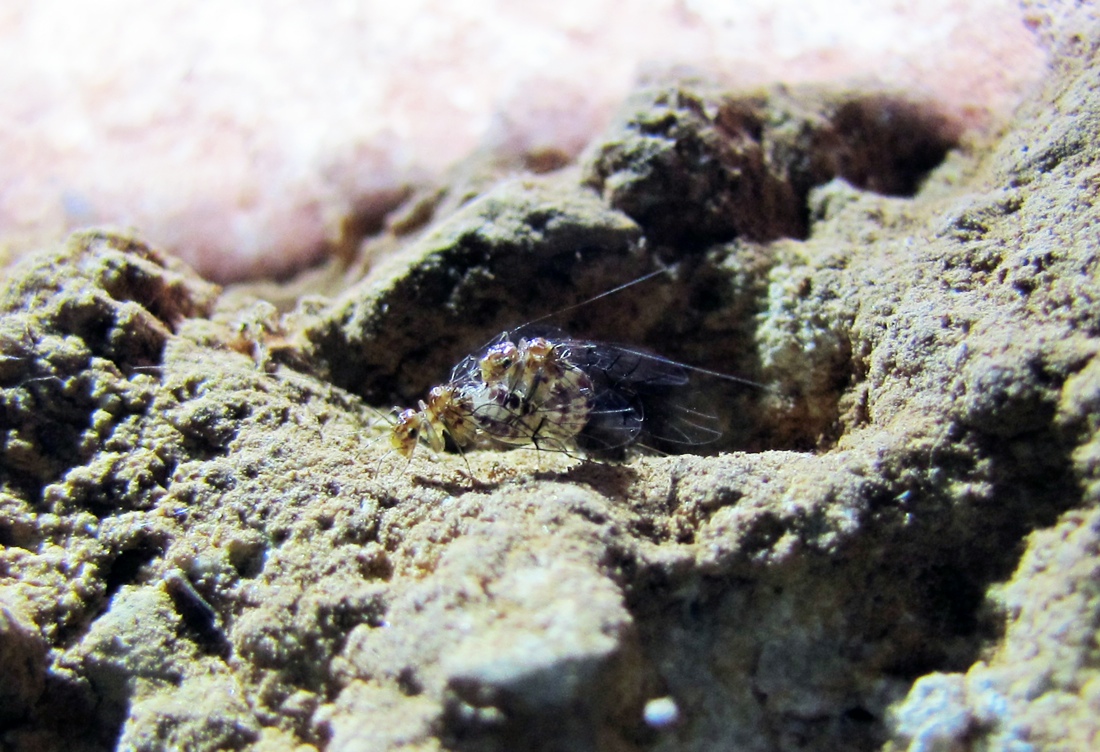
Females with penislike genitals and males with vaginalike organs are cases of a new extreme reversal of sex roles researchers have discovered in little-known cave insects. These are the first examples of animals with genitalia that reverse the traditional sex roles.
Female Penis
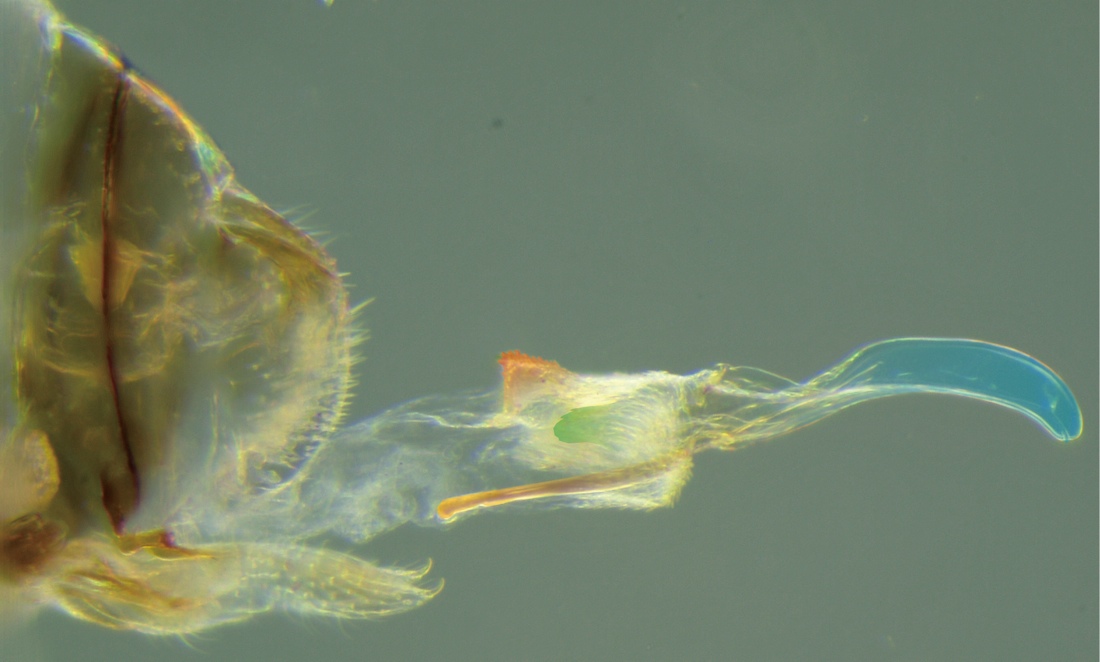
The researchers were astonished to discover that the females of four Neotrogla species from extremely dry Brazlian caves had penislike genitals dubbed gynosomes, a complex organ composed of muscles, ducts, membranes and spikes. In contrast, the males possess vaginalike phallosomes. Shown here, the female penis structure of the cave insect Neotrogla aurora.
Lengthy sex bouts
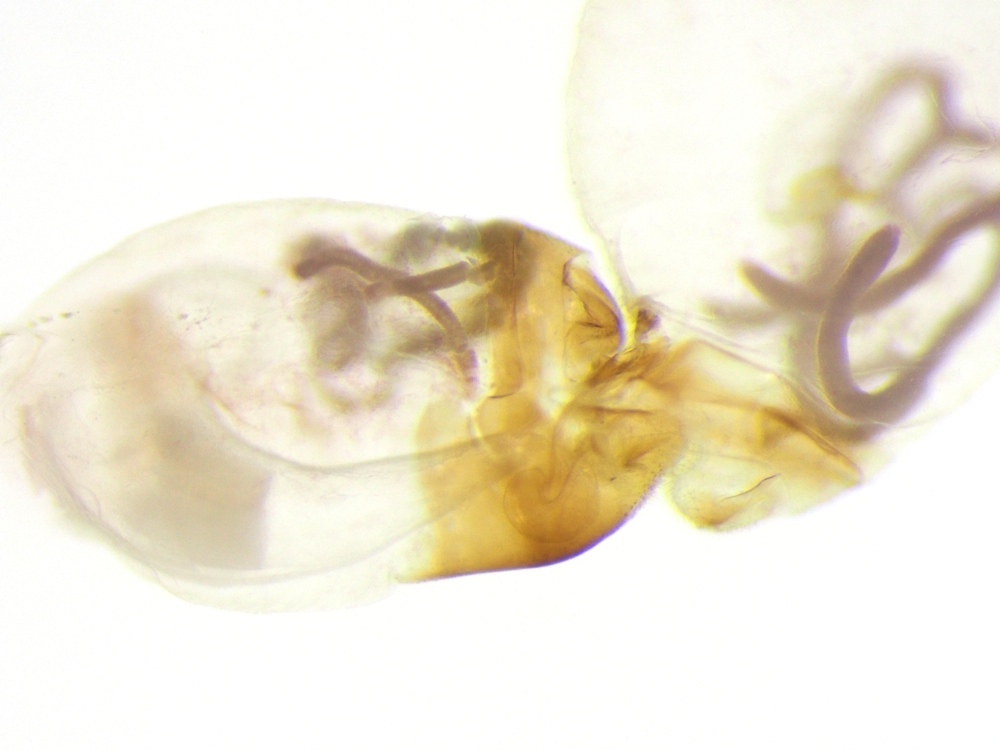
During copulation, which lasts a whopping 40 to 70 hours, the females insert their gynosomes into the male organs. The intricate female organs collect sperm capsules from the males. Shown here, Neotrogla curvata copulating.
Collecting sperm
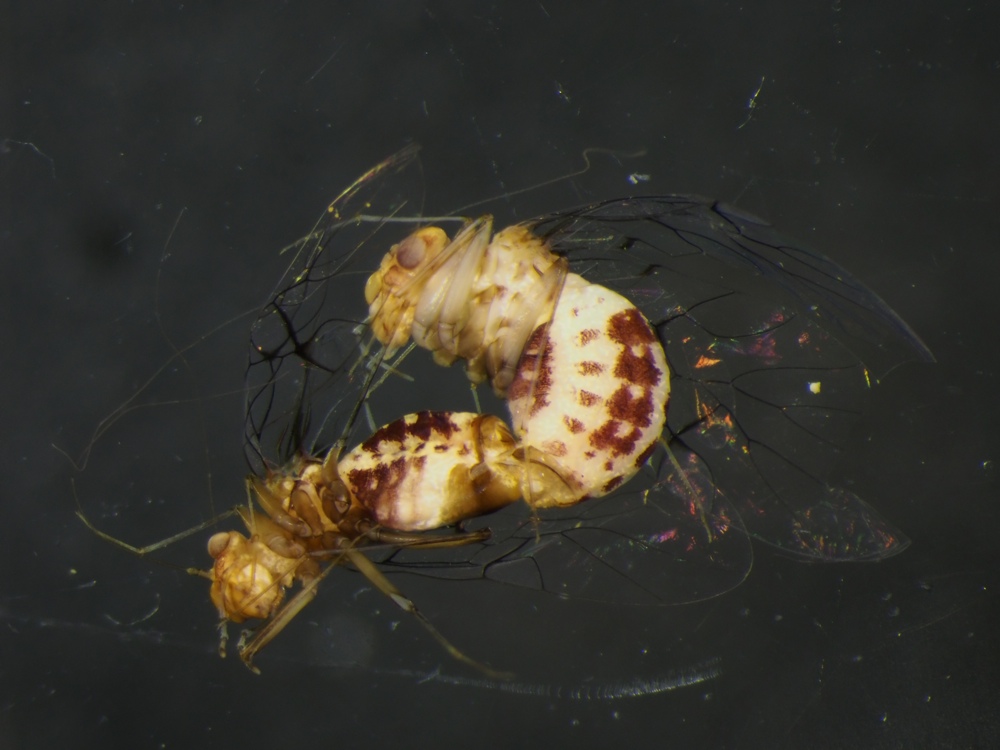
Another image showing Neotrogla curvata cave insects copulating with the female organs collecting sperm capsules from the male.
Mighty anchors
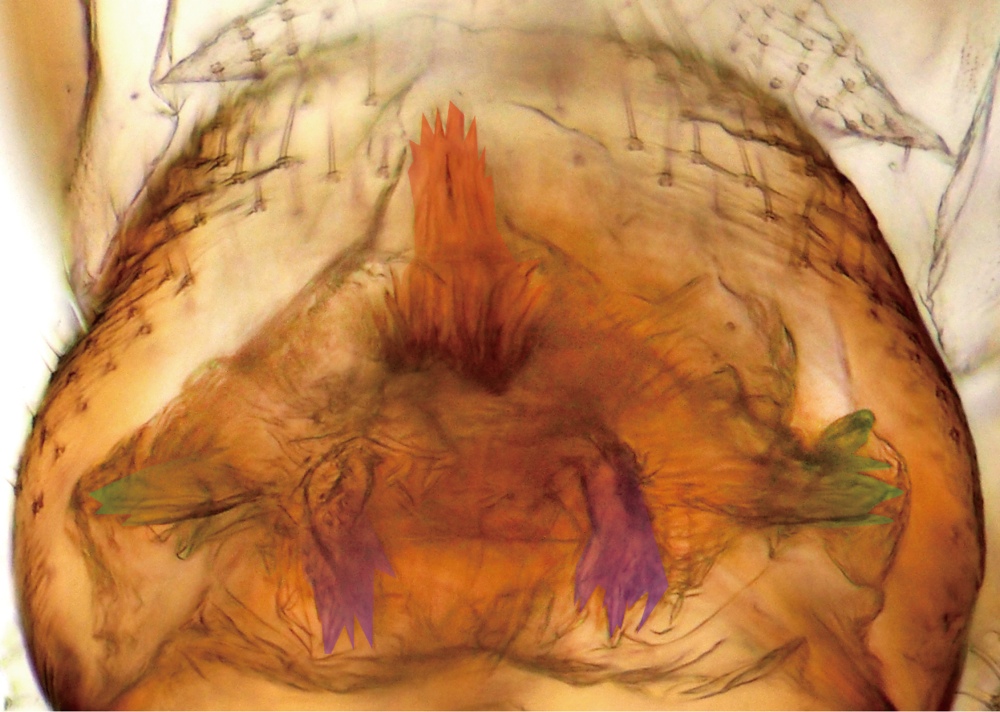
Once inside a male cave insect, the membranous part of the female gynosome inflates, and numerous spines (shown in color) on the organ anchor the two insects together. Females can hold males very tightly — in one instance, when the scientists attempted to pull a pair apart, the male's abdomen was ripped from the rest of his body without breaking the genital coupling.
Size matters?
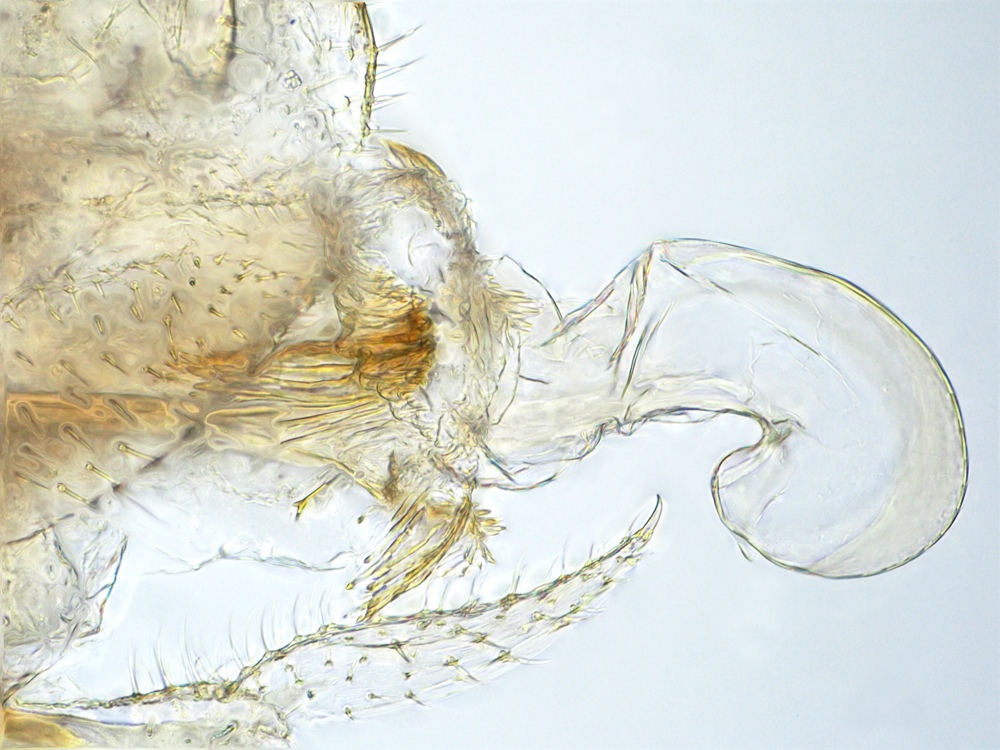
At about 0.4 to 0.5 mm (0.016 to 0.02 inches), or about one-seventh the length of the insects, the penislike organs (shown here) are large relative to the size of the insects, which range from about 2.7 to 3.7 millimeters (0.11 to 0.15 inches) long.
Cave insect penis
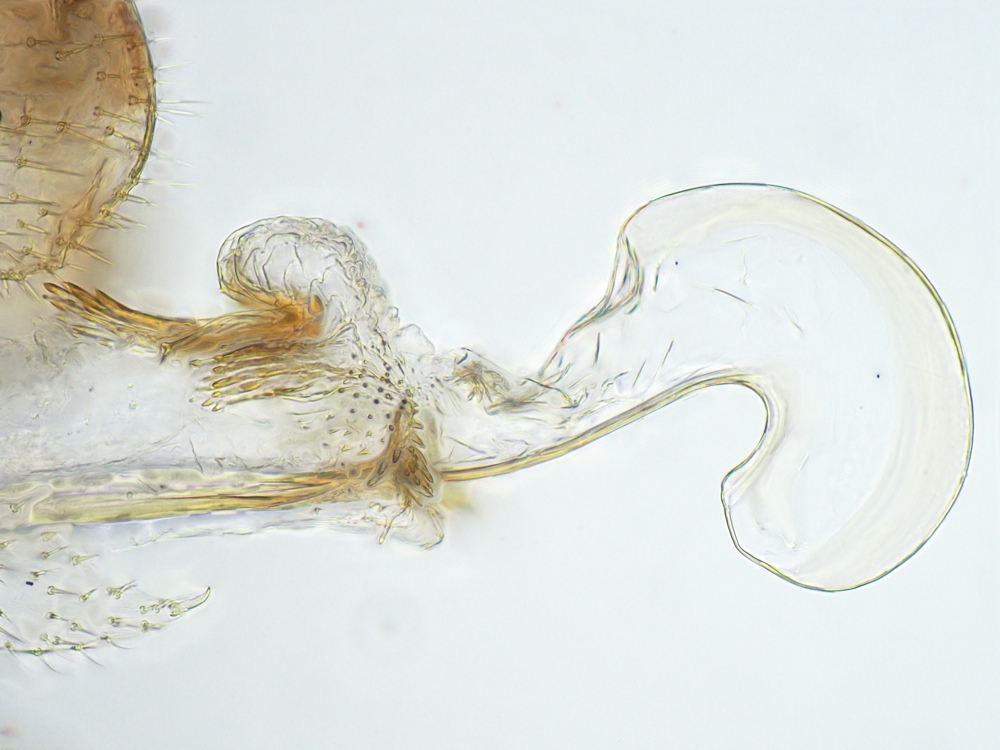
The lateral view of the penislike organs of the Neotrogla cave insects.
Get the world’s most fascinating discoveries delivered straight to your inbox.
measuring-man

That length would be the equivalent of a man who is 5 feet 9 inches (1.75 meters) tall having a penis about 9.8 inches (24.9 centimeters) long. (The average penis size for American men is 5.6 inches, or 14.2 cm.)
Up-Close and Personal
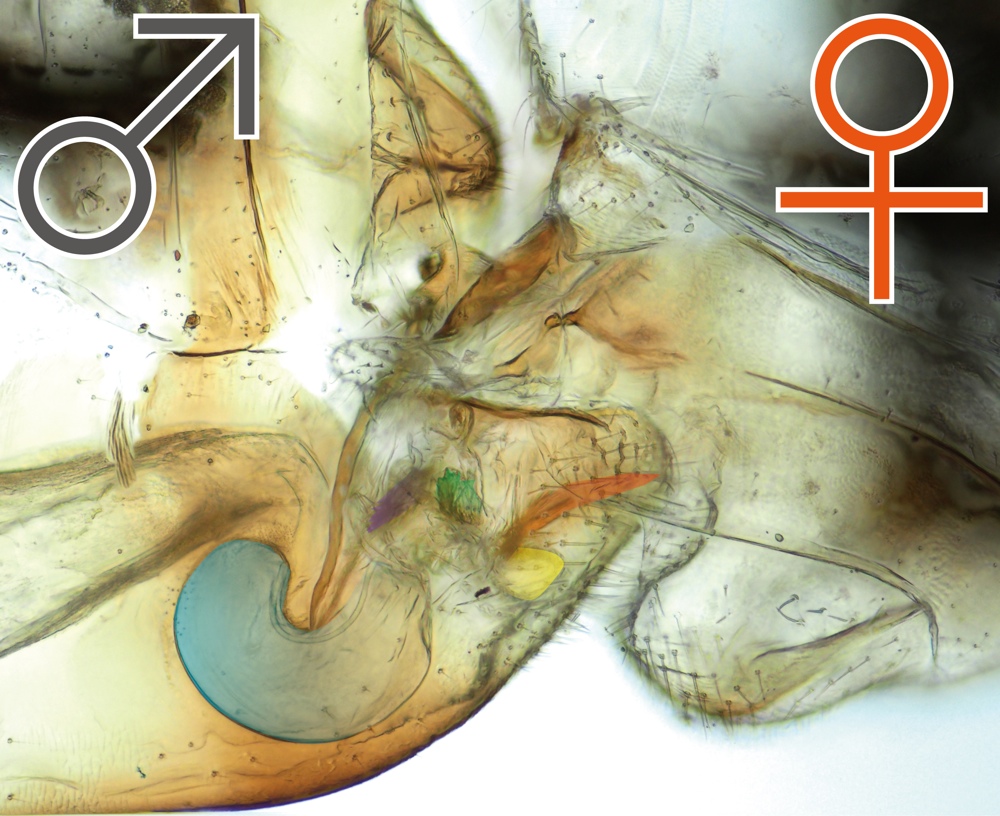
Here, the terminal abdomens of the cave insects while copulating in lateral view.
Sexual Parts
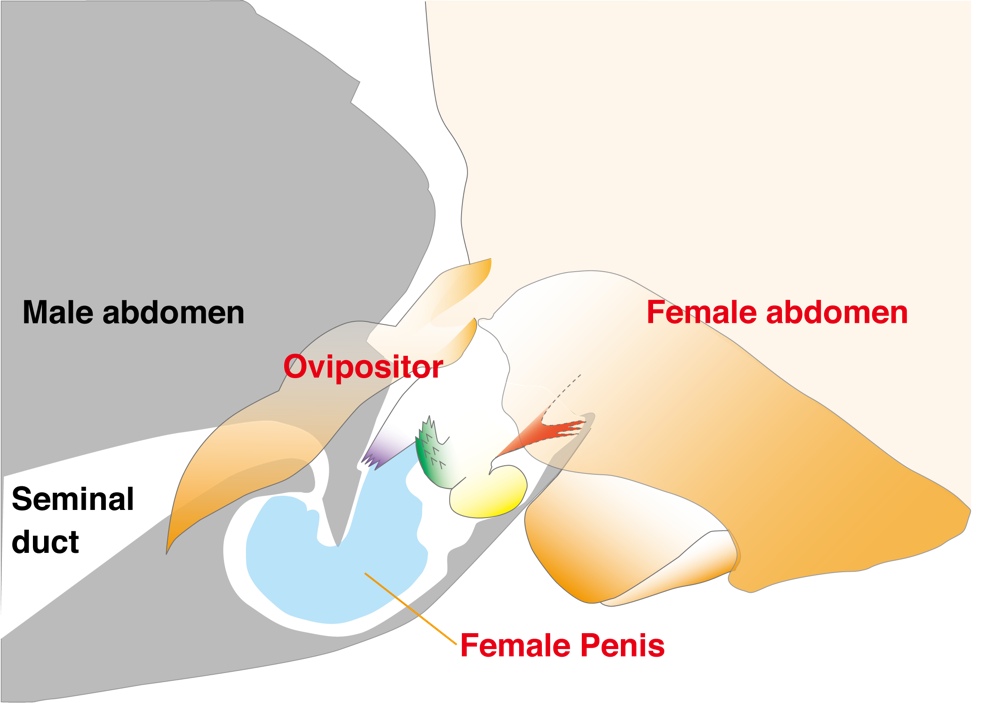
Here, a schematic showing the different sexual parts of two Neotrogla cave insects copulating.
Collecting samples
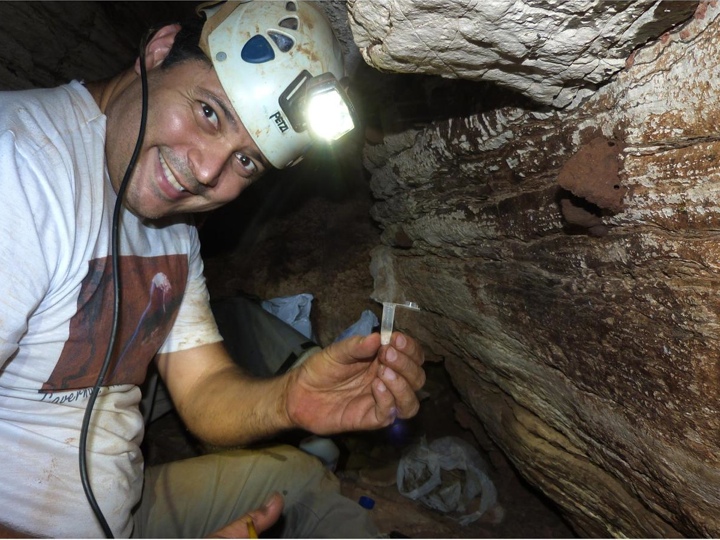
"Neotrogla species constitute the first cases in nature in which genitalia are reversed," said study co-author Rodrigo Ferreira, a cave biologist at the Federal University of Lavras in Brazil, shown here collecting samples.



